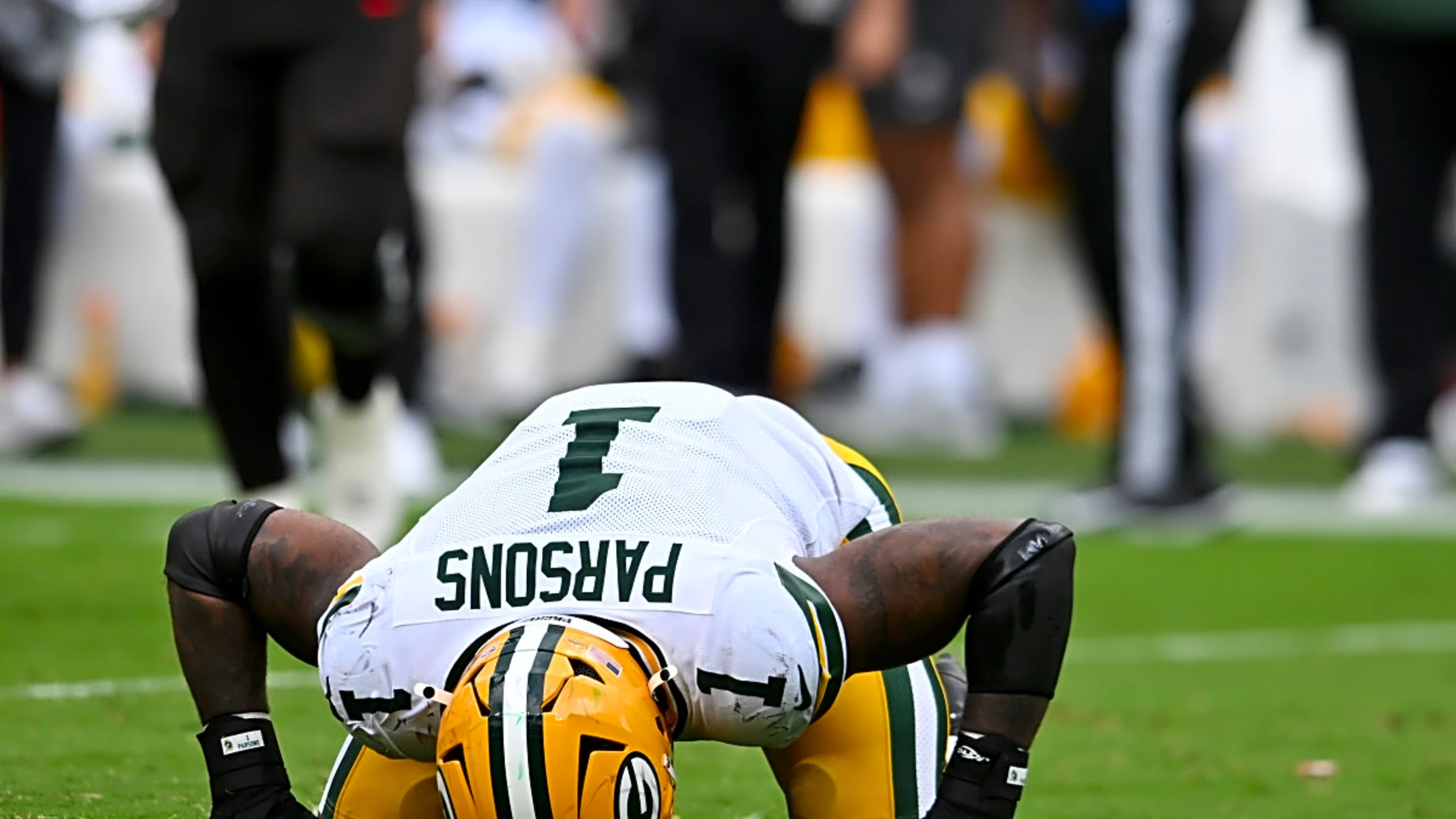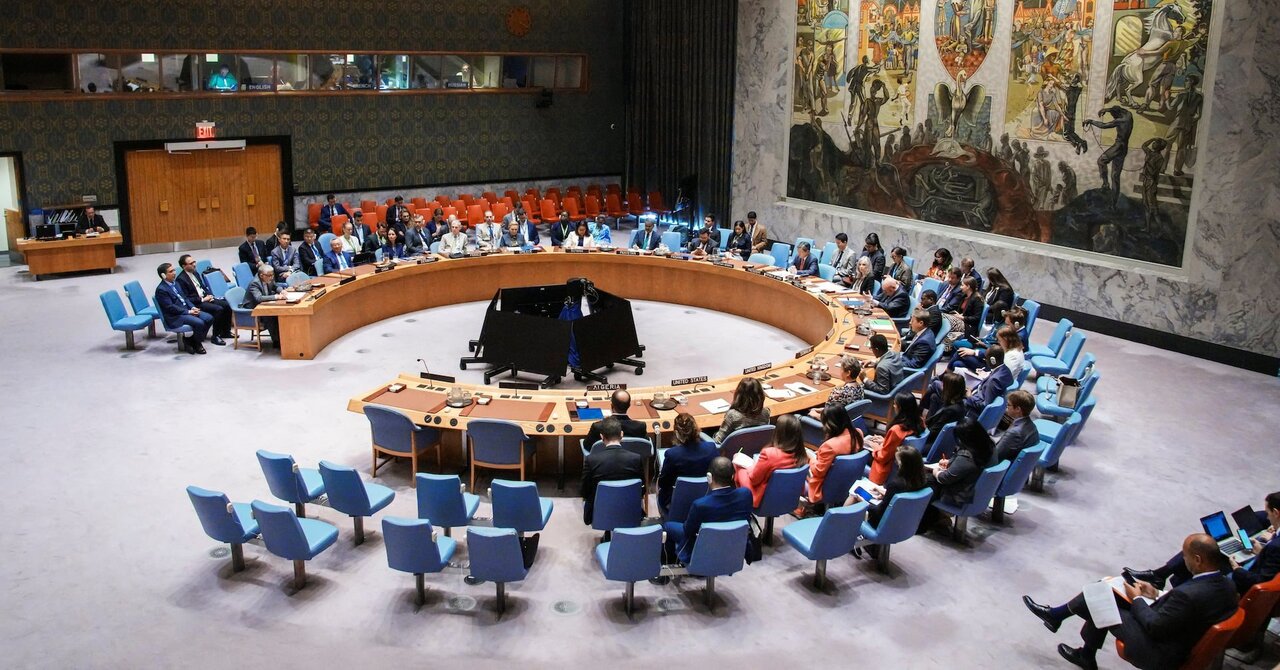Copyright yardbarker

There's a popular theory about Micah Parsons that many Dallas Cowboys fans subscribe to and that is that he was bad versus the Green Bay Packers in the 2023-2024 NFL Playoffs. In general, many Cowboys fans criticize Parsons for being a subpar run defender. Team owner Jerry Jones has leaned into the sentiment since he traded Parsons to the Packers, who will visit AT&T Stadium on Sunday Night Football this weekend. But is it true? And how did Packers head coach Matt LaFleur made it so that Parsons had a bad game in what has become one of the most haunting losses in franchise history. I looked at the tape and came up with three takeaways from his gameplan that Cowboys head coach Brian Schottenheimer should keep in mind. 1. Packers ran away from Micah Parsons early on Despite the popular narrative—fueled by Jerry Jones himself—being that teams want to run at Parsons to be successful, the Packers showed an emphasis of running away from him to force other Cowboys defenders to make plays. Specifically, Green Bay used split inside zone, which uses a "split flow" block from a tight end lining up in the playside to block the backside defensive end (in this case, Parsons) by running behind the line of scrimmage. This gives the offense the numbers advantage toward the direction of the run as the backside offensive tackle doesn't have to block his DE. It's not a groundbreaking concept but by doing this consistently, the Packers were forcing Parsons to make plays from behind instead of targeting him, despite common belief. The challenge for the Cowboys to do this against the Packers will be that Green Bay is better equipped with run defenders than Dallas was in the 2023 season. 2. Put many bodies between Parsons and Cowboys' ball carriers, Prescott Cowboys quarterback Dak Prescott said it best: "(Micah's) got five guys up front plus tight ends and running backs that he's got to get through. Then we'll worry about if he can get to me."Bodies. Parsons is as fast and slippery as it gets and the best way to limit him is dedicating multiple players to get on his way. Usually, a running back's job in a pass play is to first identify blitzing threats and later release on a checkdown route. Against someone like Parsons, it's a good idea to leave them to help whichever lineman is facing the former Cowboy. In the play below, for example, the Packers call a play action that keeps the running back in protection. The right tackle is confident oversetting to account for Parsons' speed getting outside because he knows a running back is there to help him in case of an inside move. That kind of nuance is what could make a difference on Sunday. The same goes for the run game. LaFleur inserted wide receivers and tight ends behind the offensive line to complicate Parsons' path to the ballcarrier.



